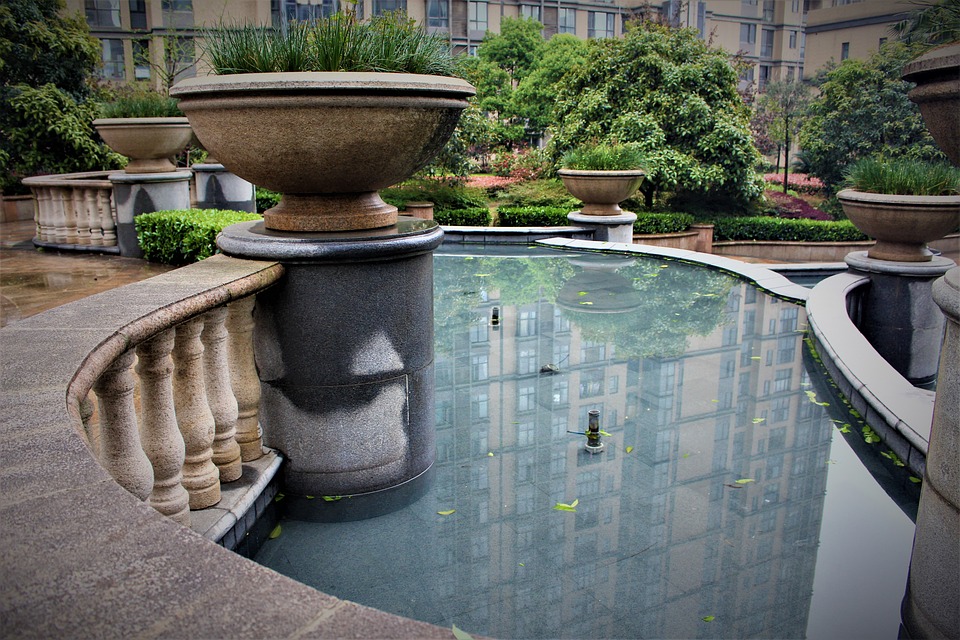Residential Landscaping & Design: Creating Your Oasis
Designing a residential landscape in Australia involves more than just planting a few trees and shrubs. It’s about creating an outdoor space that reflects your lifestyle and harmonises with the natural environment. Here are some essential tips to help you design a stunning residential landscape.
1. Embrace Native Plants
Using native plants in your landscape design is both environmentally friendly and aesthetically pleasing. Native plants are well adapted to the local climate and soil conditions, which means they require less water and maintenance. Consider incorporating a variety of native species to add colour, texture, and biodiversity to your garden.
2. Plan for Outdoor Living
Australians love the outdoors, and your landscape should cater to this. Create zones for dining, lounging, and entertainment. Use elements like pergolas, decks, and patios to define these areas. Outdoor kitchens and fire pits can also enhance your outdoor living experience, making your backyard a functional extension of your home.
3. Water-Wise Landscaping
Australia’s climate can be harsh, so it’s crucial to implement water-wise landscaping practices. Install a rainwater harvesting system and use drip irrigation to minimise water wastage. Choose drought-tolerant plants and mulch your garden beds to retain moisture and reduce evaporation.
4. Engage a Professional Designer
A professional landscape designer can bring your vision to life while ensuring functionality and sustainability. They can provide expert advice on plant selection, garden layout, and hardscape elements. Investing in a professional’s expertise can save you time, money, and effort in the long run.
Commercial Landscaping & Design: Enhancing Business Appeal
Commercial landscaping is more than just creating a pleasant environment; it’s about making a lasting impression on clients, employees, and visitors. Here are key strategies for effective commercial landscaping.
1. Reflect Your Brand
Your landscape should reflect your company’s brand and values. For instance, if sustainability is a core value, incorporate green spaces, native plants, and Eco-friendly practices. A well-designed landscape can enhance your brand’s image and create a welcoming atmosphere.
2. Prioritise Safety and Accessibility
Ensure that your landscape design prioritises safety and accessibility. Well-lit pathways, clear signage, and non-slip surfaces are essential. Accessibility features such as ramps and wide walkways make your premises welcoming to everyone.
3. Low-Maintenance Solutions
Opt for low-maintenance landscaping solutions to keep ongoing costs down. Use hardy plants, automated irrigation systems, and durable materials for hardscapes. This not only reduces maintenance costs but also ensures your landscape looks pristine year-round.
4. Professional Maintenance
Regular maintenance is crucial for commercial landscapes. Hire a professional landscaping company to handle tasks such as mowing, pruning, fertilising, and pest control. Consistent upkeep ensures your landscape remains attractive and safe.
Garden Makeover and Mini Excavations: Revitalise Your Space
Sometimes, a garden makeover is all you need to breathe new life into your outdoor space. Here are some tips for a successful garden transformation, including the role of mini excavations.
1. Assess and Plan
Start by assessing your current garden and identifying areas that need improvement. Create a plan that includes new plantings, hardscape elements, and any structural changes. This plan will guide your makeover process and help you stay organised.
2. Use Mini Excavations
Mini excavations are perfect for small-scale projects like installing garden beds, water features, or pathways. These compact machines can access tight spaces and minimise disruption to your existing landscape. They are ideal for creating the foundation for your new garden elements.
3. Introduce New Features
Add new features to enhance the functionality and beauty of your garden. Consider elements like raised garden beds, decorative stone pathways, or a small pond. These features can add visual interest and create focal points in your garden.
4. Professional Help
While DIY projects can be fun, hiring a professional can ensure your garden makeover is done correctly and efficiently. Professionals have the tools, knowledge, and experience to tackle even the most challenging projects, saving you time and potential headaches.
Concreting and Paving Services: Solid Foundations
Concreting and paving are essential components of a well-designed landscape. They provide solid, durable surfaces for walkways, driveways, and patios. Here are some tips for incorporating these elements into your landscape.
1. Choose the Right Materials
Selecting the right materials is crucial for durability and aesthetics. Concrete is a versatile option that can be stamped, stained, or textured to mimic natural stone. Pavers come in various shapes, sizes, and colours, allowing for creative designs. Consider the overall style of your landscape when choosing materials.
2. Ensure Proper Installation
Proper installation is key to the longevity of your concrete or paved surfaces. Hire experienced professionals to ensure the base is adequately prepared, the materials are installed correctly, and proper drainage is in place. Poor installation can lead to cracking, shifting, and other issues down the line.
3. Regular Maintenance
Even the most durable materials require regular maintenance. Clean your concrete and paved surfaces regularly to prevent stains and buildup. Seal them periodically to protect against weathering and wear. Address any repairs promptly to avoid more significant issues.
4. Professional Expertise
Engaging professional concreting and paving services guarantees high-quality results. Professionals have the expertise to handle complex designs and large-scale projects, ensuring your surfaces are both functional and visually appealing.
Decks and Pergolas: Enhancing Outdoor Living
Decks and pergolas are popular additions to Australian landscapes, providing functional and stylish outdoor living spaces. Here are some tips for designing and building these structures.
1. Consider Your Needs
Think about how you plan to use your deck or pergola. Whether for dining, lounging, or entertaining, your design should cater to these activities. Consider factors like size, layout, and location to ensure your structure meets your needs.
2. Choose Durable Materials
Australia’s climate can be harsh on outdoor structures, so choose materials that can withstand the elements. Hardwood, treated pine, and composite materials are popular choices for decks. For pergolas, consider materials like timber, steel, or aluminium for durability and aesthetic appeal.
3. Integrate with Your Landscape
Ensure your deck or pergola integrates seamlessly with your landscape. Use similar materials and colours to create a cohesive look. Incorporate plants, lighting, and other elements to enhance the overall design.
4. Professional Construction
Hiring a professional to build your deck or pergola ensures a safe and sturdy structure. Professionals have the skills and experience to handle all aspects of the construction process, from design to completion. This investment guarantees a high-quality result that you can enjoy for years to come.
Crafting Your Perfect Landscape
Modern Australian landscaping combines functionality, sustainability, and beauty. Whether you’re working on a residential or commercial project, considering a garden makeover, or adding features like concrete pathways or pergolas, these tips will help you create an outdoor space that you can enjoy and be proud of. Don’t hesitate to seek professional help to ensure your landscaping project is a success. With thoughtful planning and expert execution, your landscape can become a true oasis.

